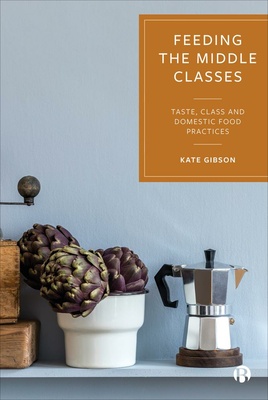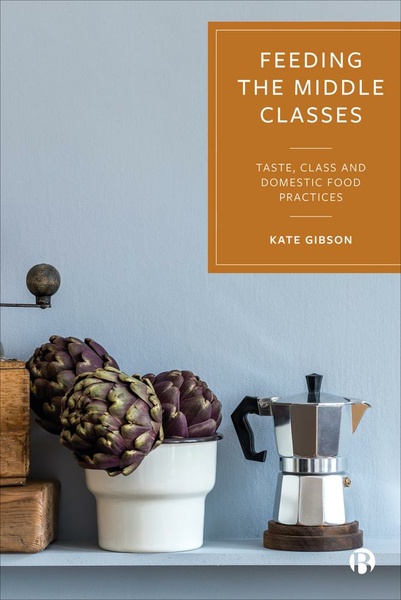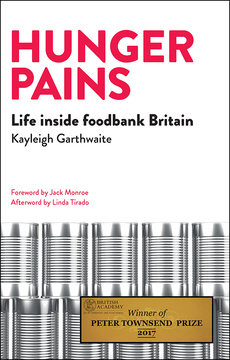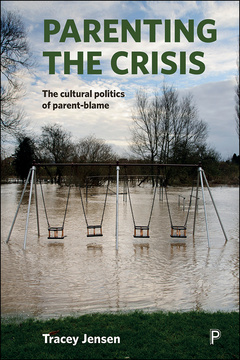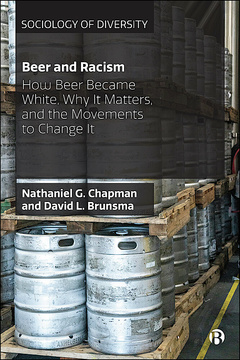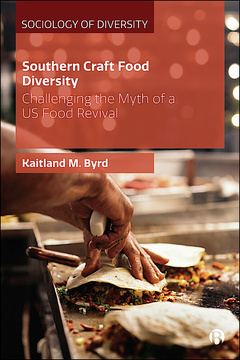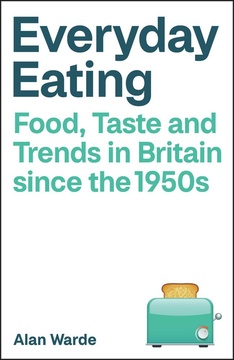Published
Nov 20, 2023Page count
180 pagesISBN
978-1529214888Dimensions
234 x 156 mmImprint
Bristol University PressPublished
Nov 20, 2023Page count
180 pagesISBN
978-1529214895Imprint
Bristol University PressPublished
Nov 20, 2023Page count
180 pagesISBN
978-1529214895Imprint
Bristol University PressPolitical and public stories about class and food rarely scrutinize how socio-economic and cultural resources enable access to certain foods.
Tracing the symbolic links between everyday eating at home and broader social frameworks, this book examines how classed relations play out in middle-class homes to show why class is relevant to all understandings of food in Great Britain.
The author illuminates how ‘good’ food, and the identities configured through its consumption, is associated with middle-class lifestyles and why this relationship is often unquestioned and thus saliently normalized.
Considering food consumption in a wider social context, the book offers an alternative understanding of class relations, which extends academic, political and public debates about privilege.
“This is an important study: with great care and sophistication Kate Gibson delineates the ways in which food is never ‘just’ food, but is laden with meanings that carry the weight of social class.” Steph Lawler, University of York
“This distinctive and original study depicts in convincing detail the common and shared understandings of the educated British middle class about how and what to eat. Students of food will need to read it.” Alan Warde, University of Manchester
Kate Gibson is Lecturer of Social Science in the Population Health Sciences Institute at Newcastle University.
1. Introduction
2. Class, Consumption and the Domestication of Food
3. Talking Food: Classed Narratives, Social Identities, and Biographical Transitions
4. Homemade Food: Individualised Processes of Household Investment
5. Culinary Capital: Knowledge, Learnt Practice and Acquired Taste
6. Conclusion







